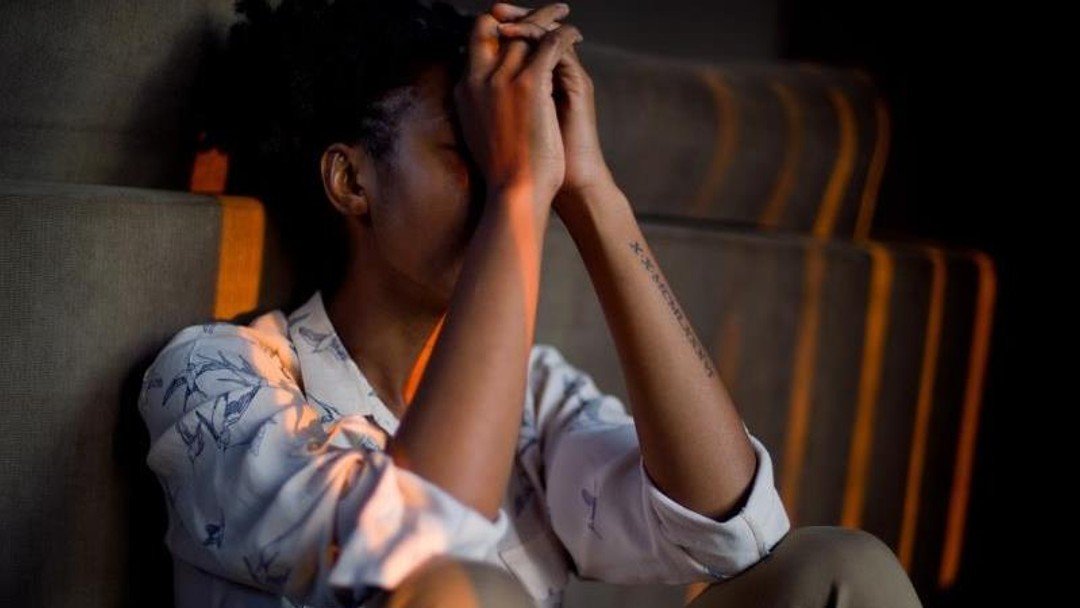Domestic abuse: coercive and controlling behaviour

By Antonia Mee
Antonia Mee and Peter Burgess summarise Burgess Me';s latest seminar
As family lawyers will testify, coercive or controlling behaviour (CCB) is an element in many cases, whether clients are victims or facing allegations. Burgess Mee recently hosted a seminar on this increasingly prevalent issue.
The offence
Since the offence came into force in December 2015, the volume of cases reported to police has jumped from 4,246 in 2016/2017 to 24,856 in 2019/20 and will undoubtedly rise further when the new definition of ‘personal connection’ takes effect. As Danielle Reece-Greenhalgh, criminal defence partner at Corker Binning, explained, the scope of the offence is being expanded to include people previously in an intimate relationship but no longer living together, meaning clients could commit or be a victim of CCB during the course of post-separation litigation. Furthermore, aggressive litigation tactics could potentially contribute to a formulation of the offence itself.
However, charging rates remain low, due in part to evidential challenges, prompting a review of the offence. CCB must, Reece-Greenhalgh said, have “serious effect”, often leading to complaints becoming unstuck when police want corroborative evidence. Family lawyers should, therefore, recommend clients start evidential collection early on. The courts take CCB seriously and are willing to impose heavy sentences in criminal cases – with rumblings the maximum custodial sentence of five years could increase.
Reece-Greenhalgh also discussed fact-finding hearings (FFHs) in the Family Court and the admissibility of family submissions in the criminal courts. Family lawyers should assume, where a criminal investigation is ongoing, if a judge finds on the balance of probabilities CCB has been committed, or the alleged perpetrator was controlling or coercive, the fact-finding judgment will be requested by police to assist them with decisions about whether to charge someone.
FFHs
Turning to the Family Court’s approach, Helen Jefferson, barrister at 1GC, stressed CCB allegations should be raised in the right circumstances and for the right reasons, as it might not result in the desired outcome. There is no substitute, she said, for taking a detailed history when first seeing a client and cross-checking the alleged behaviours against CCB definitions.
If family lawyers decide there is no case of CCB where the family court is concerned, they should be upfront with clients. Even if confident the alleged behaviour falls within CCB definitions, they should consider its relevance: the Family Court has made clear FFHs are only needed if the alleged abuse is likely to be pertinent to decisions regarding children’s welfare. Furthermore, the Family Court appears increasingly reluctant to hold FFHs – especially if they will not make a material difference to case outcomes, although CCB allegations can be considered at final hearings in relation to welfare.
Jefferson explained the court is exploring alternatives to the much-criticised Scott Schedules. Options for presenting allegations might include a threshold-type document, formal pleading or narrative statement in prescribed form. She also ran through new special measures under the Domestic Abuse Act 2021, which recognise victims’ ability to participate or give evidence in family proceedings is diminished.
Trauma-informed practice
The final speaker, Emma Halliwell, discussed CCB and trauma in the context of divorce. A speech and language therapist with a Masters in rehabilitation specialising in adult neurology and brain injury, she became a divorce coach after undergoing her own high-conflict separation.
Emma talked about the importance of being “trauma informed.” By understanding how the nervous system, mind and body react to trauma and stress, lawyers can work more effectively with and better support their clients, who will present in different ways.
Outlining the neuroscience behind trauma, Halliwell introduced polyvagal theory: when we suffer trauma, we move from ventral vagal, a happy, safe place, to sympathetic state, an unsustainable position characterised by stress hormones, i.e. “fight or flight”. We might then move into dorsal vagal, total shutdown and hopelessness. If clients can understand their feelings and return to ventral vagal state, they will be better placed to make rational decisions.
Halliwell explained how she works collaboratively with family lawyers and clients to attain the “Wise Mind” position where emotion and reason overlap, enabling clients to validate trauma while understanding the facts, evidence and route forward. With greater appreciation of trauma responses, meanwhile, family lawyers can improve clients’ outcomes and experience.
With the interplay between the family and criminal courts in CCB cases likely to increase, the seminar provided a timely overview of the key issues for family lawyers. We would like to thank the speakers for sharing with the audience their invaluable insights into supporting clients who have experienced, or are facing allegations of, CCB.
Antonia Mee and Peter Burgess are co-founders and partners, Burgess Mee Family Law: burgessmee.com